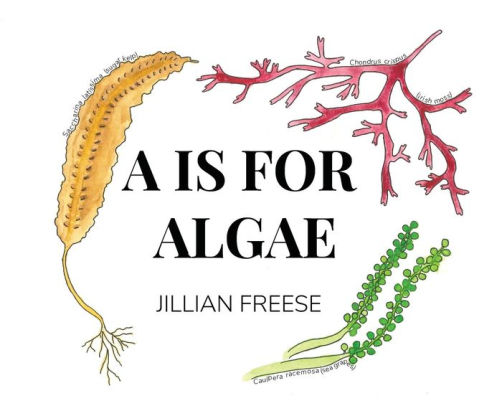Our new book has gone to the printer. The ebook is already available, and the hardcover is available for preorder. The publisher has provided a discount code good for 20% off through June 30, 2022, ASM04.
Our new book has gone to the printer. The ebook is already available, and the hardcover is available for preorder. The publisher has provided a discount code good for 20% off through June 30, 2022, ASM04.
I haven’t been blogging much lately, and here’s one of the reasons: Peter Conlin, Will Ratcliff, and I have been editing a book on the evolution of multicellularity, which the publisher says will come out in late March, 2022. It’s available for preorder now, at a 20% discount.

The Evolution of Multicellularity, cover art by Pedro Márquez-Zacarías
That life is hierarchically organized, with species composed of populations, populations of individuals, individuals of cells, cells of organelles, organelles of genomes, genomes of chromosomes, and chromosomes of genes, is so obvious an observation that it is quite remarkable that we have no general explanation of why this is so. –Leo Buss, The Evolution of Individuality, p. 183
David Kirk‘s book is an essential resource for anyone who wants to study Volvox, even twenty years after its publication. It includes thorough but succinct reviews of volvocine diversity, ecology, genetics, development, and cell biology, along with original insights into all of these topics.
I was just returning to it for the many-th time to find a reference for a manuscript revision, and I (re-)discovered that a quote I’ve paraphrased many times comes from the Preface:
I got my copy of Jillian Freese’s A is for Algae earlier this week. Freese, a Ph.D. candidate at the University of Rhode Island, says the book is “Part birthday gift. Part #scicomm. Part stress relief.” It’s full of watercolor paintings of algae, mostly seaweeds but with some phytoplankton as well. Each species (one for each letter of the alphabet) is presented with its scientific name, usually a common name, habitat and biogeographic information, and some interesting factoids.
Warning: spoilers below the fold.
When I ran across The Essential Tension by Sonya Bahar, my first thought was that it sounded very much like something my PhD advisor could have written:
‘The Essential Tension’ explores how agents that naturally compete come to act together as a group. The author argues that the controversial concept of multilevel selection is essential to biological evolution, a proposition set to stimulate new debate.
The subtitle is Competition, Cooperation and Multilevel Selection in Evolution, which is more than vaguely reminiscent of the ‘cooperation and conflict’ framework Rick Michod has built over the last twenty years.
There’s a new Microbiology Monograph on Chlamydomonas, Chlamydomonas: Molecular Genetics and Physiology, edited by Michael Hippler. It’s actually cheaper to buy it directly from the publisher, but still $149 for an e-book.
This Microbiology Monographs volume covers the current and most recent advances in genomics and genetics, biochemistry, physiology, and molecular biology of C. reinhardtii. Expert international scientists contribute with reviews on the genome, post-genomic techniques, the genetic toolbox development as well as new insights in regulation of photosynthesis and acclimation strategies towards environmental stresses and other structural and genetic aspects, including applicable aspects in biotechnology and biomedicine.
